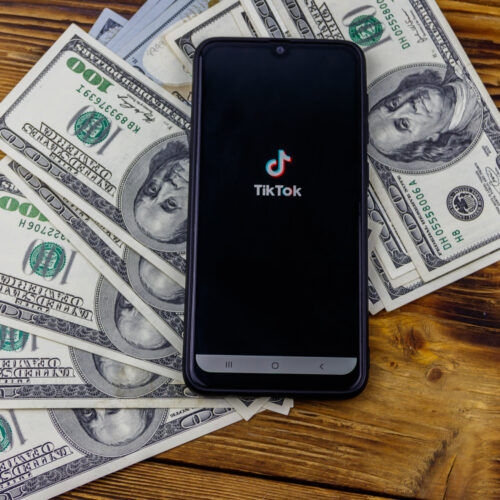You’re concerned for your employees and have a genuine interest in setting up the best 401(k) plan for your company. So, how do you know the choice you’re making is the right one?
Here’s a simple breakdown of different plans to help guide you when selecting a 401(k) plan.
Traditional & Roth 401(k)
Traditional 401(k) plans allow employees to make pre-tax contributions through payroll deductions. In these plans, you can select to match employee contributions if you wish, but you are not required. By deciding to match an employee’s contribution, you may choose to set up a vesting schedule by when the matched contribution becomes nonforfeitable after a period of time, or immediately.
The IRS requires that 401(k) plans undergo non-discriminatory testing requirements to ensure that all contributions are offered to each employee in an equitable manner. These tests include the Actual Deferral Percentage (ADP) test, the Actual Contribution Percentage (ACP) test, and the Top-Heavy test.
Alternatively, you can offer employees a Roth 401(k). Roth 401(k) plans are still subject to non-discriminatory tests, and employer contributions remain optional, the only difference is that employees make their contributions with after-tax dollars.
Safe Harbor 401(k)
A Safe Harbor 401(k) plan is similar to Traditional 401(k) plans, with the exception that employers are required to make contributions to their employees’ plans. These contributions ensure that the plan is compliant with nondiscrimination rules, and in turn, they automatically pass (or are exempt from) non-discriminatory testing.
Under this plan, employees can decide whether they want to contribute or not, but either way, the employer must still make a contribution to the employees’ plans. The amount the employer contributes depends on the amount the employees decide to defer.
Simple 401(k)
Simple 401(k) plans are made specifically for small businesses, giving small business owners the opportunity to offer their employees a retirement plan that is also cost-effective for the business. In order to open a simple 401(k) plan, you must have less than 100 employees who received at least $5,000 in compensation the previous year.
Similar to a Safe Harbor plan, Simple 401(k) plans are exempt from non-discriminatory tests, and employers must make contributions to their employees’ plans. As a result of these being more cost-effective to business-owners, employee contribution limits are much smaller under this plan compared to others, with a $13,500 employee contribution limit for 2020.
For the Self Employed
If you’re self-employed and don’t have any employees, then you can open a Solo 401(k). This plan is designed for individuals who act as both the employer and employee. As a result, you can contribute both an elective deferral and employer non-elective contributions.
For elective deferrals, you can contribute up to 100% of your earned income, up to the annual contribution limit, which is $19,500 for 2020. As for employer non-elective contributions, you can contribute up to 25% of compensation as defined by the plan. Total contributions cannot exceed $57,000 for 2020.
Interested in opening one of these plans or have any questions? Contact us today and one of our advisors will reach out to you!
Photo by Anna Shvets from Pexels.






